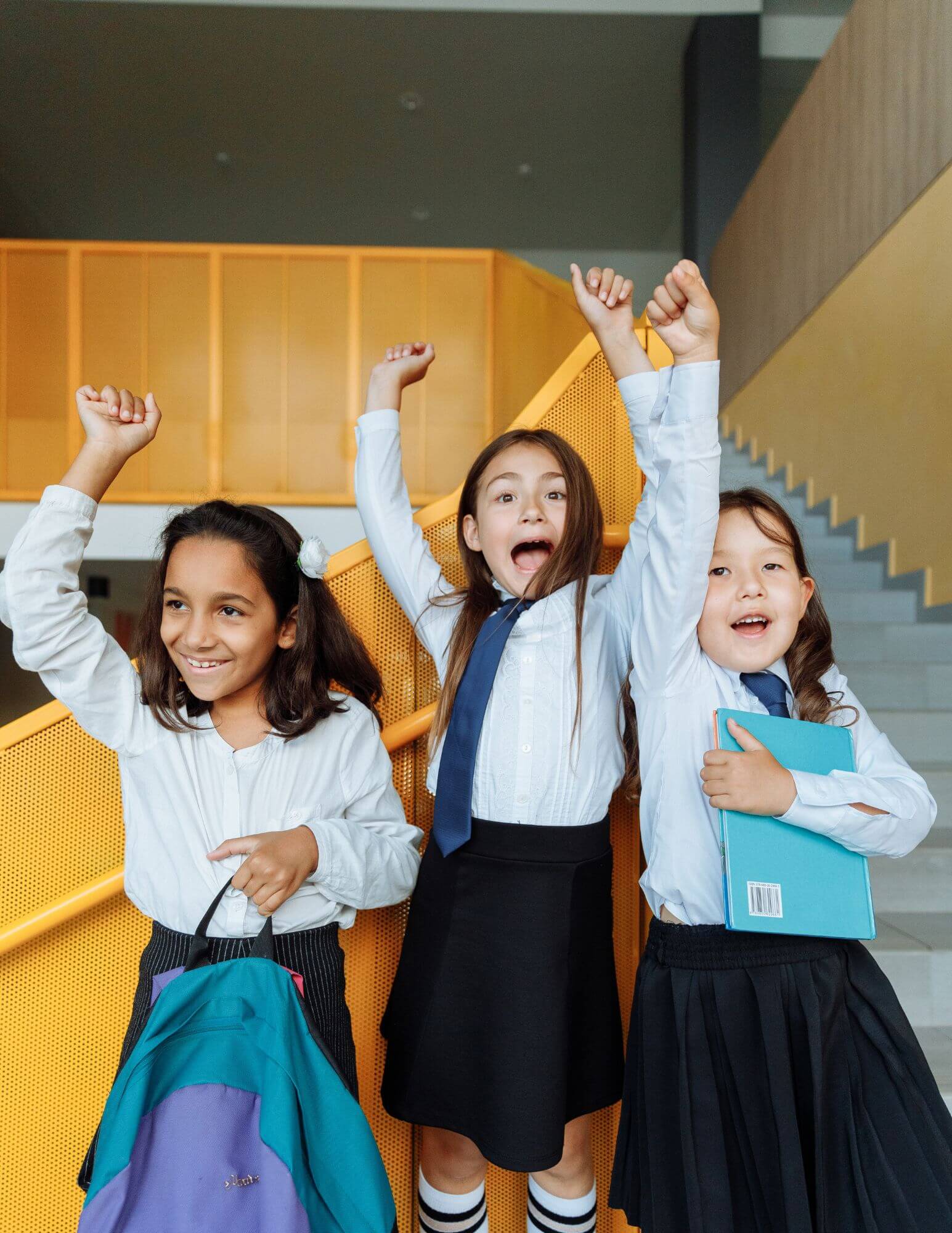The Role of Schools In Turning Out Globally Aware Citizens

By Chinyere Nwachukwu
Outside the home, schools have the most influence on children. At school, children acquire values, build relationships, and form a view about the world around them. This is why the education children receive in school is crucial.
A changing world
The world keeps getting smaller by the day. With the rapid advancements in technology, diverse cultures and societies are becoming highly interconnected. With a few taps on a smart device, we can connect with someone on the other side of the world with shocking ease. News outlets and social media platforms are popping up all over, keeping us up to date with events happening across the globe. It almost looks like everyone is together in one big stadium.
What it means to be “globally aware”
In light of this, what does it mean to be a “globally aware” citizen? At its center, being globally aware means cultivating a healthy curiosity and respect for the diversity of human expression around the world. It means seeking out and acquiring knowledge about different cultures, traditions, histories, and current affairs while developing the ability to consider other viewpoints with empathy and understanding.
The role of schools
Many schools appreciate the importance of being globally aware and have structured programs teaching their students to be globally relevant. These programs include things like foreign language classes, history education, and exchange programs.
However, becoming globally aware goes deeper than teaching surface level facts and figures about other nationalities or cultures. It is more about instilling core values like open-mindedness, ethical thinking, empathy, and a respect for human rights and justice. The aim is to have children who don’t just have vague head-knowledge about the things happening around them but who are inspired to be active and passionate participants in making a positive difference to the world.
Cultural stories
I remember listening to stories about the Roman Empire, the British throne, and the free-spirit of the American in school. My classmates and I would sit in awe, our imaginations wandering and conjuring our own perceived reality. Most importantly, these stories stuck and fueled a curiosity that kept us seeking out new information at every turn. As we grew older, we learned about global issues like poverty, access to clean water, and Medicare, and from these nascent stages, a desire to contribute to change was born.
With progress in our education, we were encouraged to explore complex historical events through different cultural lenses, grapple with moral and ethical dilemmas, and discuss current events. In addition to this, we engaged in hands-on cultural activities and community service projects involving different communities. These types of activities made the abstract concepts learned in the classroom real and tangible for us students.
The power of travel
Travel is another powerful tool to help children gain exposure to the outside world. I still remember traveling with a few of my classmates and our teacher to a neighboring country. The visit gave us the opportunity to experience a different culture and society firsthand through cultural events, language practice, and community service. It was on that trip that I fell in love with the French language and culture. An experience such as this can encourage and build personal growth.
It is true though that for many students, extensive travel simply isn’t an option—this is where technology steps in to bridge the gap. Today’s digital tools allow kids to travel virtually and connect with students, experts, and community partners around the world through the use of video conferencing tools, social media, and other collaborative platforms. This exposes students to diverse perspectives and allows them to engage directly with professionals and activists working on global issues such as climate change, human rights, and international development, and also provides them with opportunities to connect with peers from different countries and cultures.
Regardless of the approach or method used, the most important thing is to create a sustained, cohesive approach to global learning that becomes part of the overall school culture and experience. One-off classroom lessons in isolation won’t have the same transformative impact as an integrative model that reinforces rich global perspectives across several areas and grade levels.
Diversity at home
Schools should also emphasize that global diversity can exist within our own communities. One doesn’t necessarily need to look abroad to encounter different perspectives. Many schools are situated in immensely diverse areas where families have roots all over the world. Exploring the experiences of students and their parents can be incredibly enriching.
As our world grows ever more connected, raising the next generation of ethical and globally competent leaders and citizens must be a priority. We want our children to step into adulthood with a broad, educated world view as opposed to a myopic one. We want them to be curious about issues and events and respectful of differences and diversity. We also want them to be committed to making the world a more just and equitable place for all. Schools have such an important role to play in achieving this vision. By incorporating rich and diversified learning opportunities into their curricula, they can help young people gain the mindset needed to thrive in this interdependent world.
About the Author
Chinyere Nwachukwu is a mom of three and entrepreneur. She helps other moms start and scale their own businesses from home by leveraging digital skills. When she's not working, she is spending time trying out new recipes in the kitchen or reading a thriller novel.
